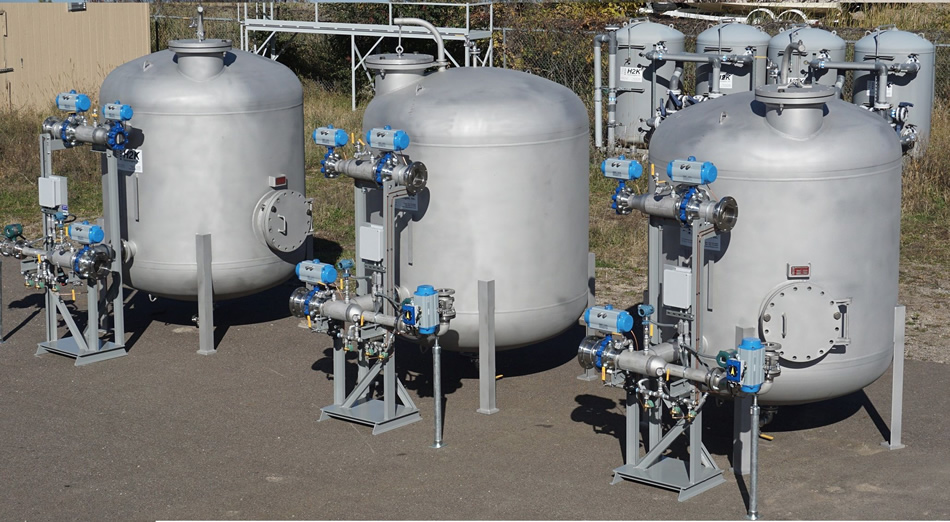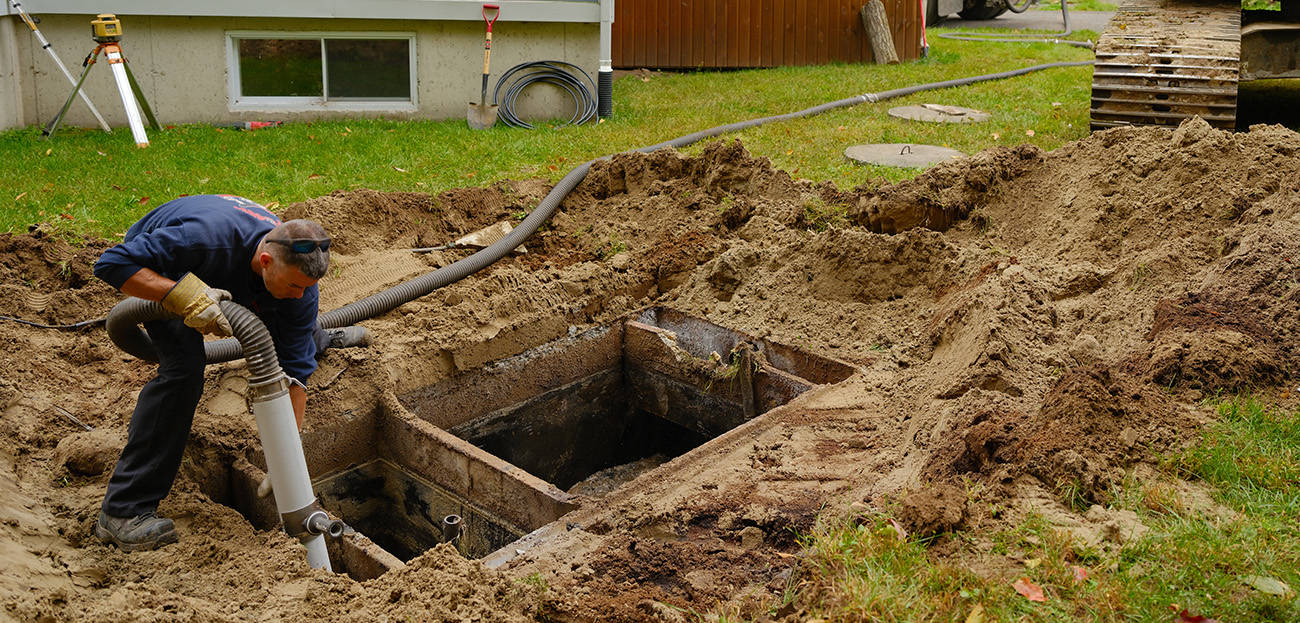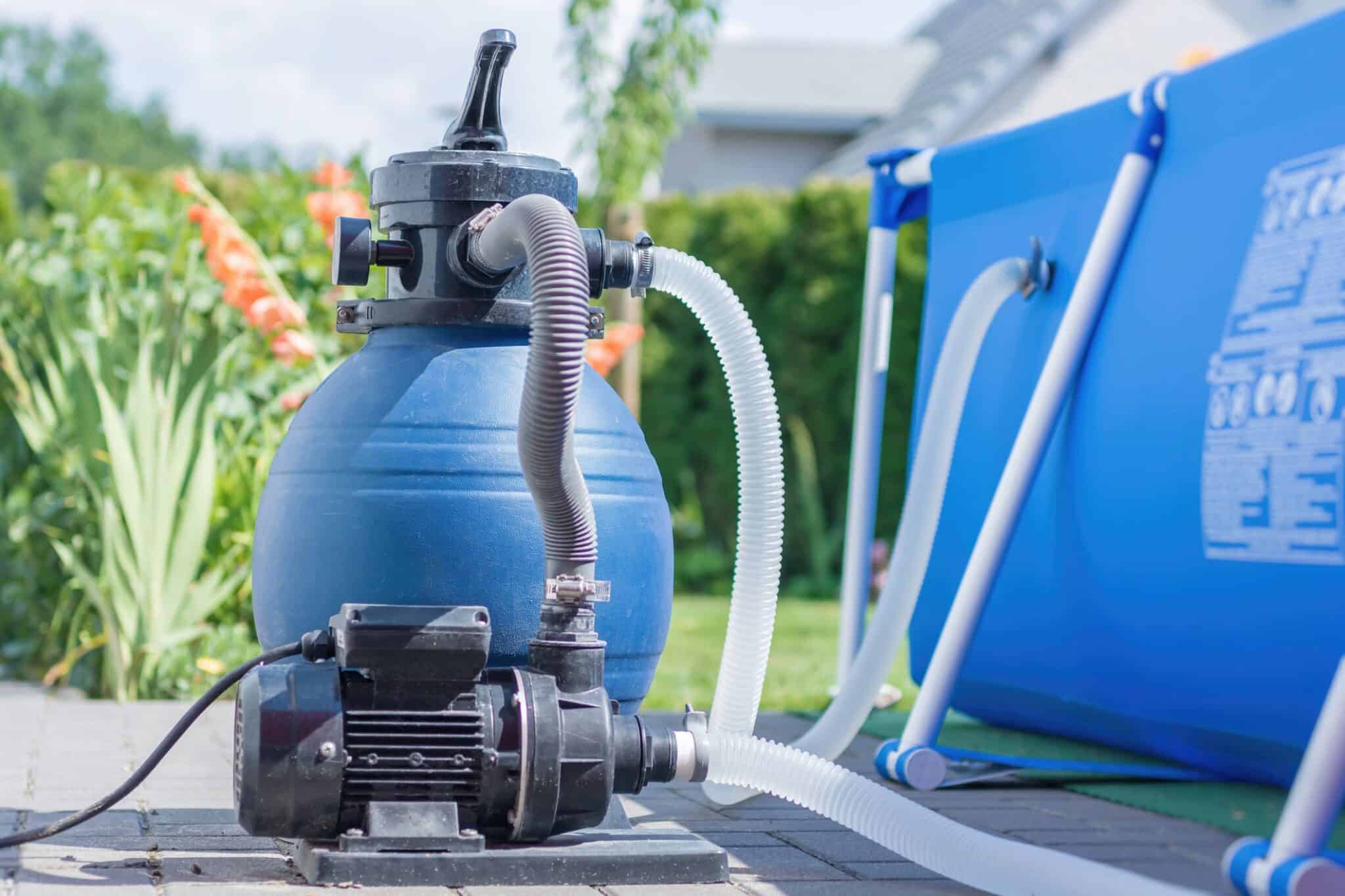A septic system works to remove waste from your house. Of course, by now, you might be asking yourself if you can have a septic tank system without a leach field.
We usually give little thought to the sewage systems within our homes. That’s because most people live in residential areas. Let’s look at whether or not you can have a septic system in place without a leach field.
Can you Have a Septic Tank Without a Leach Field?
Yes. it is possible to have the septic system right from the house and no leach field at all. Although, it will not be the typical septic system because you will need to incur another expense. Leach field is one of the most important components of a septic system. However, we know the demerits of having a septic system complete with a leach field. Leach fields are often very large; as such the question people ask is if they are able to have a conventional septic system without a leach field?
However, we also must stress that under normal circumstances you cannot have a septic tank system without a leach field. If so, you need to pump your septic tank every month and have the best septic tank treatment to make all the necessary mechanisms fine.
In addition, if you choose this option, you will be paying extra money on your utility bills. Therefore, the next thing you will do will be to install an evapotranspiration system. Some installations offer more septic systems and you might be limited to choosing from among them. Given that all septic systems are devices for waste disposal, their operations are similar.
What Circumstances Necessitate Having a Septic Tank Without a Leach Field?
Of course, you can’t always have a leach field when you want it. At times, there are some causes that make your proposed leach field unsuitable for a standard septic system. Some of the other conditions where you can have a septic system without a leach field are as follows:-
a) Your Leach Field Fails the Perc Test
The percolation (perc) test determines the soil ability as far as its ability to both receive and retain water is concerned. A leach field uses adsorption process whereby wastewater is allowed to drain to the ground surface. It then goes into further treatment where microbes purify it further. This sees that the water circulating in the underground system is safe.

Image source: millcreekenvironment.com
Unfortunately, if your leach field fails the percolation test, this means the soil cannot drain water, and one cannot put a leach field there. In this case, therefore, you can be locked out of installing a new septic system. However, if you proceed with the construction then wastewater will easily reach out and cause floods and in turn even make clean water reach septic.
b) Old Septic Systems
Old houses are commonly associated with a kind of rural, country feel. But, the houses being say, thirty or a hundred years old would not have had the modern day septic systems that we are actually aware of. Even, to locate the septic system is not easy at all It takes a lot of effort to pinpoint the existence of this septic system. And that’s if you can find it. Further, data that may be older than several decades could be rather demanding to locate. Therefore it may be very hard for you to even know where exactly it sits on the property.

Image source; mybackyardlife.com
Old septic conventional systems didn’t have leach fields as what is comprised in the modern conventional systems. However, what constituted the last stages of the distribution system were wastewater initially discharged into a water body. Sometimes if you buy a used house you may end up having to look for other septic systems to install because the old ones are not allowed because it is not environmental friendly. Also if you take it to code you may need remodel ideas, for your bathrooms because maybe the plumbing is not working.
c) Installing Certain Types of Septic Systems
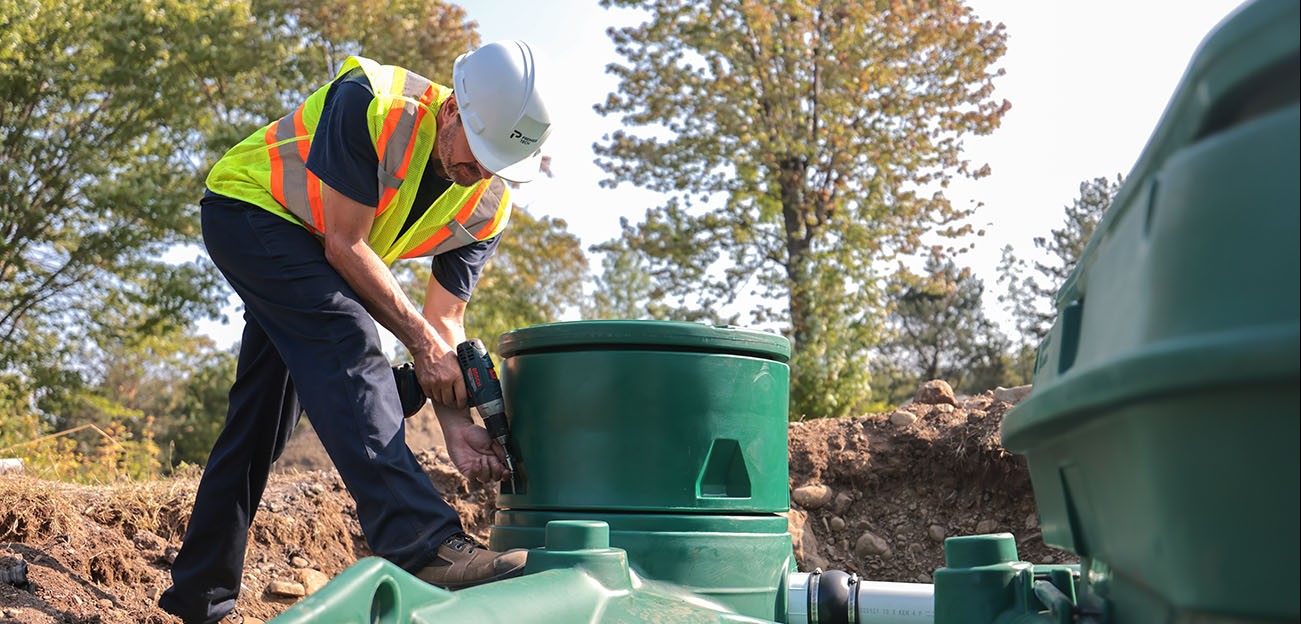
Image source: premiertechwater.com
Some septic systems need the leach drain of the conventional system in order to operate. As a result, it is impossible to place them on your territory because there will be nowhere to process wastewater. Besides that, the placement of the septic system involves being hidden underground and without a drain water could pose a bio hazard.
d) Fields With Shallow Water Tables and Soil Depth
The ground that is beneath your septic system should be deep enough to contain the solid wastes. If it isn’t you might benefit from the few basics of how toilet plumbing works because you are likely to find the area flooded. However, other kinds of septic systems can be used with shallow water tables or rock, called the bedrock. Sewage enters the ground where water within it is purged by bacteria. But this is insufficient in a condition where the soil depth is not deep or the water table level is high and may lead to water pollution because of poor treatment of wastes. If the bedrock is shallow, the wastewater will not be able to move or absorb anywhere, so this situation must be avoided. This will lead to accumulation and, ultimately, to flooding.

Image source: usgs.gov
Environmentally sensitive areas such as agricultural fields and waters are also excluded from being used for leaching waste treatment. However, a constructed wetland system can indeed be a wonderful exemplification of a leach field, because a constructed wetland functions in a manner of natural processes such as wetland plants and soil for secondary wastewater treatment.
Types of Septic Systems That Don’t Need a Leach Field
Types of septic system that do not require a leach field are also known as alternate septic systems. They work by providing a continuous drainage area.
Here are the types of septic systems you can install on your property.
1) Mound Systems
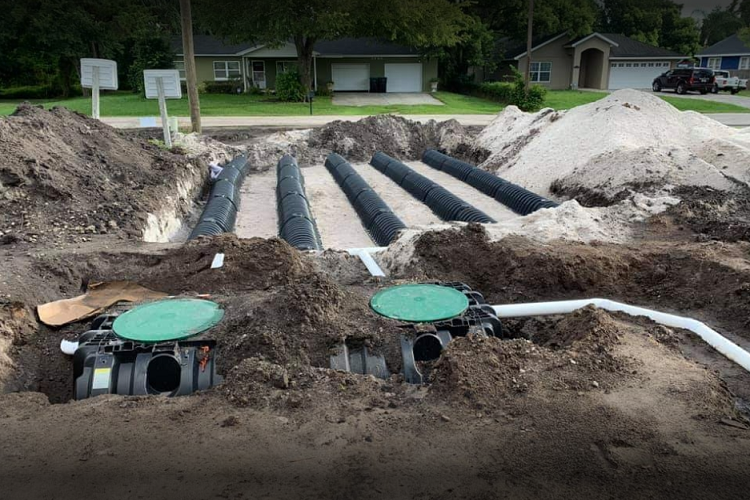
Image source: a1septicservice.com
A mound system is an excellent choice for high groundwater tables or dense soil. These aboveground systems are hidden under a layer of topsoil. It also has additional pump chamber that divides scum and sludge to ensure that effluent in the first septic tank. Mound systems are ideal for handling wastewater flows within regions that have little or no provision for conventional septic systems.
2) Aerobic Treatment System
An aerobic treatment system operates in that it sucks air into the septic tank for natural bacterial activity to clear the effluent. In addition, the treatment systems are relatively small versions of very large wastewater treatment plants. It is also recommended where soil conditions are not suitable for septic tanks especially in small homes and offices.
3) Drip Distribution System

Image source: tampasepticguru.com
Most alternative systems leach treated wastewater into the soil using a pipe. It uses a long flexible pipe while a drip distribution system supplies the leach field with water. It periodically shoots out discrete amounts of effluent in order to water the drain field along the length of the tubing. This method however entail a controlled release of water. As a result, they need higher maintenance than a standard system does. Furthermore, depending on your choice of this system, you are required to supply a constant electricity power source. In other words, all the blackouts are going to cost you money.
4) Sand Filter System
Image source: xqtsspecial.shop
This system is particularly suitable for the sensitive areas from the environmental perspective. A sand filtration system employs sand in filtering of undesired toxins in the wastewater. Similar to the aerobic systems, the current system employs oxygen to disinfect the wastewater. This kind of recirculating sand filter system does not use leach field, instead it uses a closed container which can either be installed below the ground or can be installed on the ground. Therefore, liquid waste is directly discharged through the circulating sand filter system right into the soil so as not pollute the groundwater system. This is also convenient because it will not need to pass through other drain pipes in other to reach the leach field.
5) Constructed Wetland System

Image source: grownectgen.com
Constructed wetland systems use plants and other greenery to do some filtration work. The last treatment is to send it to the wetland after liquid wastewater passes through the treatment tank. Wetlands include different forms of grass and gravel that proceed with water treatment. It is then drained to field where out it is released and it is safe to put it in to the water table.
6) Concrete or PVC Chamber System
Plastic/concrete chamber systems are a great alternative for areas with a high water table. Here however the leach field consists of gravel and is used to construct what the wastewater will collect in- plastic chambers. The water passes through chemical and natural degradation in the plastic chambers before being released to the soil.
7) Pressurized Dosing
Image source: premiertechaqua.com
A pressurized dosing system utilizes pressure to discharge the effluent in a controlled manner to a leach field. This system is particularly advantageous when adopted after system failure to fix up a poor leach field. Alone it does not remove substance from water. However, when use in combination with any of the above septic systems, the performance indicator can be very high.
How Does a Septic System Work?
A normal septic system comprises a septic tank and a leach field. Here is how septic systems work:
i) Wastewater from your house drains into a septic tank.
ii) A septic tank’s job is to keep the wastewater apart. Waste from your garbage disposal will sink to the bottom and become sludge, for example. Oil will float and form scum.
iii) The septic tank will be the point from where the liquid waste will head to drain field.
iv) Wastewater treated is discharged into the drain field which then over a long time progressively filters through soil. The water then treats with the soil, soaks deeper until it reaches the water table, thereby rejoining the groundwater.
v) During the final process, as the wastewater filters into the soil, naturally present human body related bacteria and viruses like coliform bacteria are removed. (Coliform bacteria is also an indicator of human and animal fecal matter.)
The Bottom Line
There are some requirements for every septic system that you would choose. But you must also think about your environment before you choose one that will work. This is particularly important in determining whether or not to include a septic system with a leach field. But, of course, having a conventional septic system will ensure you a leach field. In the event this is not the case, alternative on site septic systems are the way to go.
Featured image source: jamesmcnulty.com


